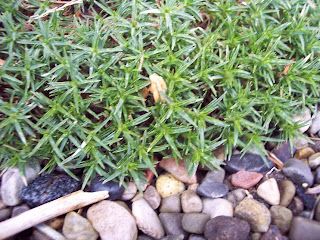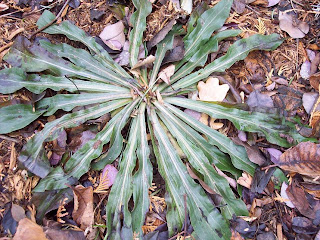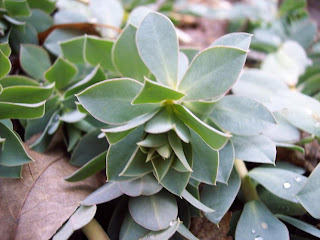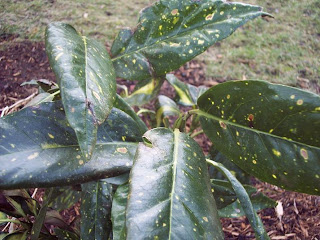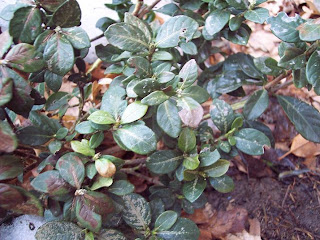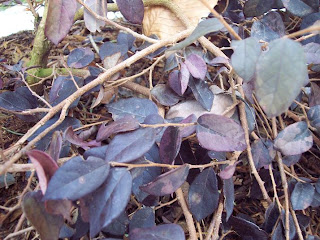So far I have looked mostly at plants that photograph well in winter. But many great summer plants have no winter interest at all, they are just bare sticks at the moment. A little test that I like do do periodically is the scratch test. Make a small scratch in the bark with your thumbnail to see if the underlying tissue is green, indicating that it is alive. I checked all of my new plants this morning and here are the results.
Clerodendrum trichotomum: green right to the top
Albizia: green right to the top
Albizia Summer Chocolate: green almost to the top
Lagerstroemia (I can't recall which one): smaller branches are dead but the larger ones are green underneath.
Quercus virginiana: green nearly to the top
Vitex: green to the top
Loropetalum chinensis: green about 2/3 to the top
Ficus carica: green to the top
Leptodermis oblonga: (this is hardy but I liked it because it flowers all summer) green
Magnolia ashei: green to the top
While the winter is by no means over, this little test reasures gardeners like myself that there is a chance some of their out of zone plants will make it.
I also checked the banana today, it is a variegated Musa that I don't think is hardy. The stems are all mushy but I will be interested to see if new shoots emerge in spring.
The snow is all gone now so I found two more surprises in the garden and got the camera to photograph them.
Epimediums are perfectly hardy, but this is the first year I've had one and I didn't realize what a dependable little evergreen it was. These belong in every garden.

The other little surprise was the original Sabal minor which has now seen four winters in Niagara. I mentioned in an earlier post that it grew a new leaf every year despite my complete neglect. And while it is not a stunning specimen, here it is pictured on February 13 in Canada. Remember that I give it no protection. Imagine what this tough little guy could do if I looked after it.



